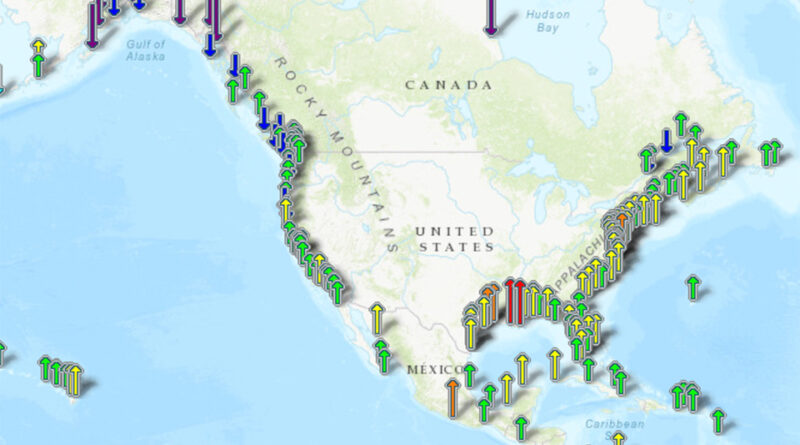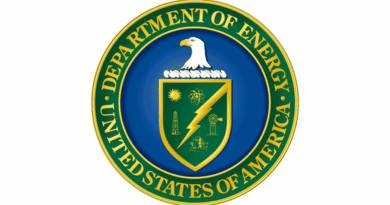How federal sea level projections affect engineering
The new revised report of the sea level projections from the National Oceanic and Atmospheric Administration (NOAA) kicks off a new series from the American Society of Civil Engineers (ASCE). This series is titled, “Climate Adaptation Engineering Bulletins.” It informs engineers on actionable information they can put into practice while facing the effects of climate change. Engineers Dan Walker, Ph.D, M.ASCE, and Craig Musselman, P.E., Dist.M.ASCE, take a scientific look at the 2022 Sea Level Rise Technical Report and how the report’s useful online tool offers projections per decade through 2100.
While sea levels have risen globally since the 1800s by estimation. The rate of rise from 1901-2018 is likely the highest scientists have concluded in the last 3000 years. Civil engineers will expect for sea level rise to have a substantial impact on the planning and design projects in coastal areas.The coastal locations that are predicted to see the largest rise in sea levels are Portland, ME, New York City, NY, Charleston, SC, Miami, FL and St. Petersburg, FL.
“As an example, for the first location in the table above, Portland, ME, the variation in projected sea level rise from the “intermediate low” to the “high” scenario provides a projected range of 1.0 to 1.4 feet by 2050, and 1.6 to 3.8 feet in 2080. For any given location, civil engineers may need to refer to the Sea Level Rise Viewer and consider the design and service life for a given project and the full range of projections to assist them and their clients in making informed risk management decisions regarding design resilience.”





